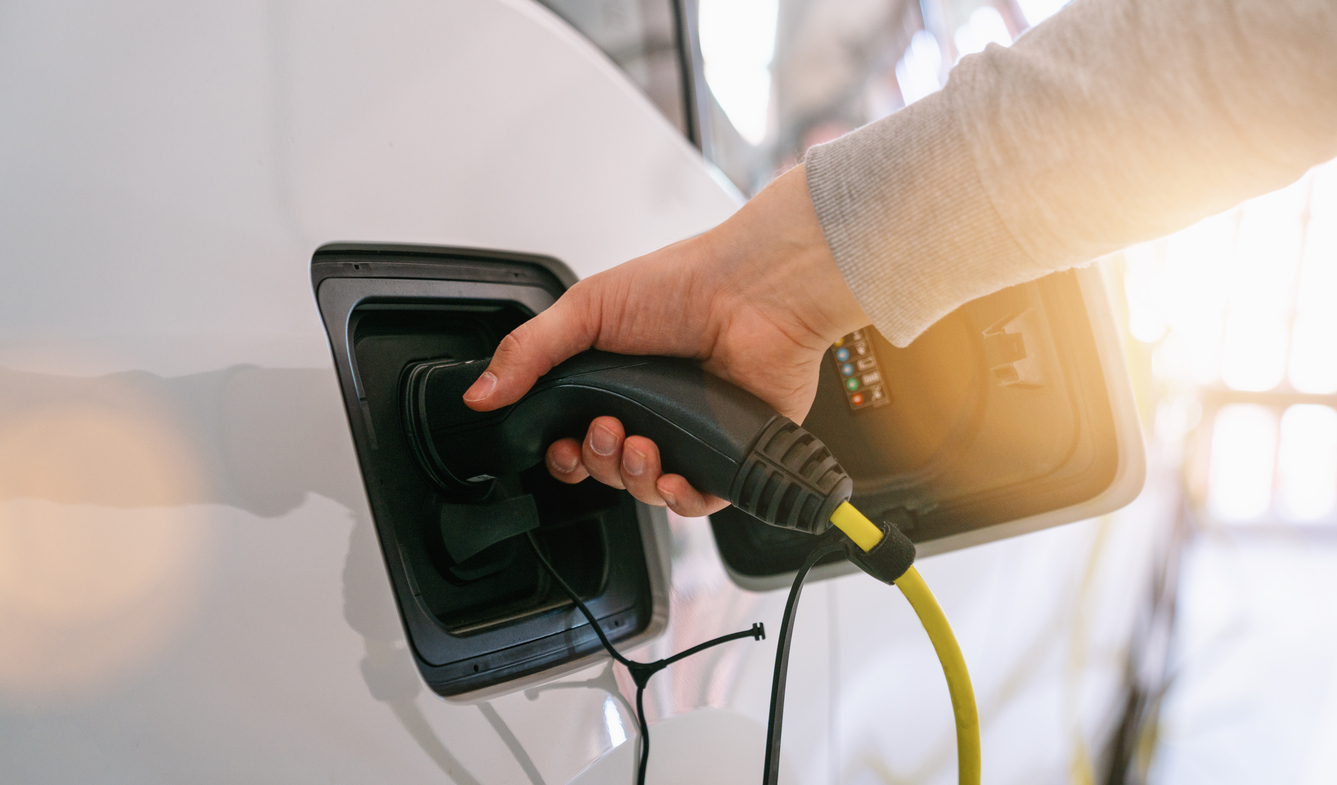Stephen Hasner | Car Accidents | August 26, 2020

Without our vehicles, it would be difficult to work or take care of our families. For most individuals, being without their vehicle for even a day or two creates an enormous inconvenience. However, even though reliable transportation is vital to our everyday lives, it also has drawbacks.
Motor vehicles come with a variety of risks. Environmental degradation and climate change are two hazards created by motor vehicles.
Greenhouse emissions from burning gasoline and diesel contribute to global warming and climate change. Transportation accounts for about 28 percent of greenhouse gas emissions in the United States. That makes transportation the largest contributor to greenhouse gas in the United States.
The health risks from pollution include increased hospitalizations and deaths. Numerous diseases are linked to air pollution, such as lung cancer, respiratory infection, stroke, and heart disease.
Additionally, traffic accidents are also a health hazard associated with motor vehicles. In 2018, 33,654 people died in traffic accidents. Almost 1.9 million motor vehicle accidents resulted in injuries.
While we cannot give up all modes of transportation, there are more eco-friendly transportation options to get around. Some environmentally friendly transportation options are discussed below.
Motorcycles and Scooters
Motorcycles and scooters can be eco-friendly transportation options in certain situations. They are smaller in weight and size to other motor vehicles. They are also more fuel-efficient and require fewer resources to build.
However, motorcycles and scooters can be worse for the environment than cars in some cases. Motorcycles and scooters have lower pollution control standards. While they emit less CO2, they emit higher levels of hydrocarbons and nitrogen oxides.
These gases can be worse for global warming and human health impacts than cars in some cases.
Another drawback of motorcycles and scooters is the risk of a motorcycle accident. Even though these vehicles may be energy efficient, they can be dangerous to ride. Motorcycle accidents can result in catastrophic and debilitating injuries.
In 2018, 4,985 motorcyclists died in motorcycle accidents. Riders continue to have a high fatality rate. Riders may need to take extra motorcycle safety measures to avoid injuries and legal issues.
Hybrid and Electric Cars
Hybrid and electric cars are other examples of green transportation to consider.
All-electric vehicles (EVs) operate on electricity only. They have rechargeable battery packs instead of combustion motors. EVs are green transportation because they do not emit any tailpipe pollutants.
However, the factories that build EVs and hybrid electric vehicles can emit greenhouse gases. Also, the power used to recharge EVs can contribute to air pollution and climate change.
Hybrid electric vehicles (HEVs) are also a form of environmentally friendly transportation. They use an electric motor and an internal combustion engine for power. HEVs combine low tailpipe emissions with a high fuel economy.
Electric vehicles and hybrid electric vehicles help reduce greenhouse gases through the use of energy-efficient technologies, such as regenerative braking and power assist. They also help reduce the number of traffic accidents through the use of car safety features and driver assistance technology.
Millions of car crashes occur each year in the United States. Car accidents result in the loss of life, unimaginable pain and suffering, and substantial financial losses. Traffic accidents also impact the environment.
Fuel, oil, and other hazardous chemicals can seep into the ground and be released into the air, which can harm humans, wildlife, and plants. Vehicles that are totaled are placed in landfills, where it can take thousands of years to decompose. Even eco-friendly forms of transportation can contribute to this problem.
Diesel and Biodiesel Cars
Electric and hybrid vehicles can be slower than conventional vehicles. While EVs and HEVs may be efficient for city travel, diesel and biodiesel cars may be more efficient for interstate and long-distance travel.
Diesel fuel is refined from crude oil. Before 2006, diesel fuel contained high quantities of sulfur. The diesel sold now for use in motor vehicles is a low-sulfur diesel, which is better for the environment.
While diesel vehicles have a higher fuel economy and do not admit as much CO2 as gasoline vehicles, they still are not as environmentally friendly as biodiesel vehicles.
Biodiesel is a renewable, clean-burning substitute for petroleum diesel. There are several advantages of biodiesel.
Biodiesel is produced from used cooking oils, vegetable oils, animal fats, or yellow grease. Therefore, it decreases our reliance on petroleum. Because the release of carbon dioxide from biodiesel is offset by the carbon dioxide absorbed by growing soybeans and other feedstocks, biodiesel reduces carbon dioxide by 74 percent over petroleum diesel.
Also, biodiesel, in its pure form, causes far less damage if it is spilled compared to petroleum diesel.
A significant disadvantage of using diesel or biodiesel fuel is that it can be harder to find than gasoline.
Public Transportation
Public transportation has been used as an example of green transportation for many years. Using trains, buses, and other forms of public transportation can reduce greenhouse emissions by reducing the number of motor vehicles on the road. As electric rail travel and electric buses increase in use, the benefits to the environment from public transportation also increase.
Other benefits associated with public transportation include:
- Reduce energy consumption
- Reduction in air pollution
- Reduces traffic congestion
- A decrease in the number of traffic accidents
- Increases mobility and safety
- Decreasing noise levels
- Low-cost transportation option
Millions of people rely on public transportation each year, which also helps ensure people can work and provide for their basic needs.
However, there are some disadvantages to public transportation. Public transportation can be unreliable at times. There can also be a lack of seating or long wait times for a ride.
When ridership is low, it decreases the benefits of public transportation. In some areas, public transportation can also be dangerous.
Biking
Bicycling is one of the most earth-friendly examples of green transportation. It uses body power instead of other fuel sources. Some of the advantages of bicycling include:
- It costs much less to produce bicycles and bicycle parts compared to motor vehicles
- Bicycling is the lowest cost of transportation, other than walking
- Riding a bicycle has health benefits
- Bicyclists can socialize and interact with other riders
However, bicycling also has some disadvantages. Weather conditions can make it difficult or dangerous to ride a bicycle. Also, the lack of bicycle lanes can increase the risk of a bicycle accident.
Bicyclists have very little protection if they are hit by a vehicle. The risk of injury and death is higher in a bicycle accident.
Walking
Walking has zero impact on the environment. Walking can lead to a healthier life and can be quicker and more convenient in areas that have heavier traffic. Walking can be faster than taking public transportation in some cases.
However, walking can also add to the time it takes you to get to your destination. If you are traveling long distances, walking takes a lot of energy and stamina. Also, if you need to carry items, walking may not be your best choice of transportation.
There is also a risk of being injured if you are hit by a vehicle. Pedestrian deaths are expected to hit a 30-year record in 2019.
Choosing Environmentally Friendly Transportation
The benefits of green transportation are numerous. However, many people still prefer gasoline-powered automobiles. As more options for eco-friendly transportation become available, more individuals may choose the green transportation option to save money and do their part for the environment.
For more information, please contact the Atlanta personal injury law firm of Hasner Law P.C. at our nearest location to schedule a free consultation today.
We serve in Fulton County, Chatham County, and its surrounding areas:
Hasner Law PC – Atlanta Law Office
2839 Paces Ferry Rd SE #1050
Atlanta, GA 30339
(678) 888-4878
Hasner Law PC – Savannah Law Office
221 W York St
Savannah, GA 31401
(912) 234-2334


